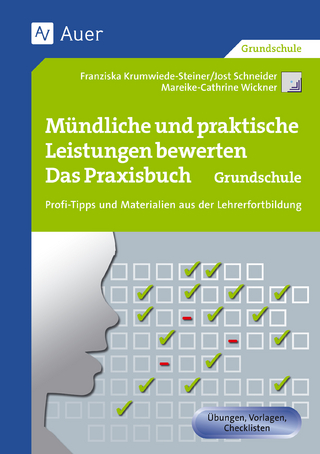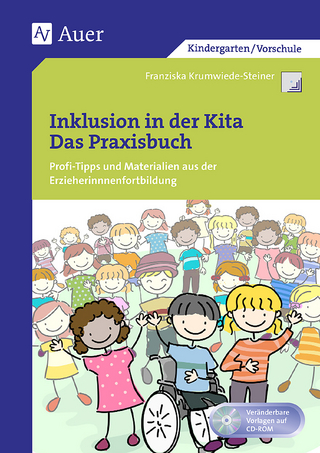
Physics for Cambridge IGCSE™ Maths Skills Workbook with Digital Access (2 Years)
Cambridge University Press
978-1-108-82735-5 (ISBN)
Introduction; 1. Representing values; Maths focus 1: Using units; Maths skill 1: Choosing the correct unit for a variable; Maths focus 2: Using symbols for variables; Maths skill 1: Using the symbol for each variable and its unit; Maths focus 3: Determining significant figures; Maths skill 1: Understanding place value; Maths skill 2: Determining a correct number of significant figures; Maths focus 4: Representing very large and very small values; Maths skill 1: Converting numbers to and from standard form; Maths skill 2: Interpreting and converting values with unit prefixes to and from standard form; Maths skill 3: Carrying out arithmetic operations in standard form; Maths focus 5: Estimating values; Maths skill 1: Knowing if a number is of the right order of magnitude; 2. Working with data; Maths focus 1: Understanding and collecting data; Maths skill 1: Identifying types of data; Maths skill 2: Taking measurements; Maths focus 2: Recording and processing data; Maths skill 1: Designing results tables; Maths skill 2: Processing data in tables; Maths focus 3: Understanding variability in data; Maths skill 1: Judging the quality of data; 3. Drawing graphs; Maths focus 1: Choosing axes and scales; Maths skill 1: Choosing which variable goes on each axis; Maths skill 2: Choosing the best axis scales for accuracy; Maths focus 2: Plotting the points and drawing a best-fit line; Maths skill 1: Plotting points accurately; Maths skill 2: Drawing a best-fit line; 4. Interpreting data; Maths focus 1: Reading values from a graph; Maths skill 1: Interpolating values between known data points; Maths skill 2: Extrapolating a graph; Maths focus 2: Interpreting straight line graphs; Maths skill 1: Describing a relationship between variables on a straight-line graph; Maths skill 2: Determining the gradient and the intercept; Maths focus 3: Interpreting specific types of linear graphs; Maths skill 1: Interpreting the intersection of lines on a graph; Maths skill 2: Calculating the distance travelled from a speed–time graph; Maths focus 4: Interpreting curves on graphs; Maths skill 1: Extracting data from a curve on a graph; Maths skill 2: Determining when a relationship is inversely proportional; Maths skill 3: Interpreting graphs with regularly repeating patterns; Maths focus 5: Interpreting data in other types of chart; Maths skill 1: Interpreting pie charts; Maths skill 2: Interpreting bar charts; Maths skill 3: Interpreting Sankey diagrams; 5. Doing calculations; Maths focus 1: Understanding equations; Maths skill 1: Working with equations: the basics; Maths skill 2: Calculating with percentages; Maths focus 2: Calculating values using equations; Maths skill 1: Using two equations; Maths skill 2: Using an equation of the form y1/y2 = x1/x2; Maths skill 3: Understanding the impact of changing variable size; Maths focus 3: Doing more complex calculations; Maths skill 1: Doing calculations involving several equations; Maths skill 2: Adding reciprocals; Maths focus 4: Calculations that involve direction: moments and momentum; Maths skill 1: Calculating moments; Maths skill 2: Solving momentum problems; Maths focus 5: Radioactive decay calculations; Maths skill 1: Doing particle calculations; Maths skill 2: Interpreting half-life information; 6. Working with shape; Maths focus 1: Solving problems involving shape; Maths skill 1: Extracting information from diagrams; Maths skill 2: Calculating using the mathematics of shape; Maths focus 2: Drawing angles in ray diagrams; Maths skill 1: Drawing and measuring angles; Maths focus 3: Working with vectors; Maths skill 1: Using vector diagrams; Additional questions involving several maths skills; Equations; Glossary; Acknowledgements.
| Erscheint lt. Verlag | 1.10.2022 |
|---|---|
| Reihe/Serie | Cambridge International IGCSE |
| Zusatzinfo | Worked examples or Exercises |
| Verlagsort | Cambridge |
| Sprache | englisch |
| Maße | 219 x 275 mm |
| Gewicht | 550 g |
| Themenwelt | Schulbuch / Wörterbuch ► Unterrichtsvorbereitung |
| Sozialwissenschaften ► Pädagogik | |
| ISBN-10 | 1-108-82735-7 / 1108827357 |
| ISBN-13 | 978-1-108-82735-5 / 9781108827355 |
| Zustand | Neuware |
| Haben Sie eine Frage zum Produkt? |
aus dem Bereich


